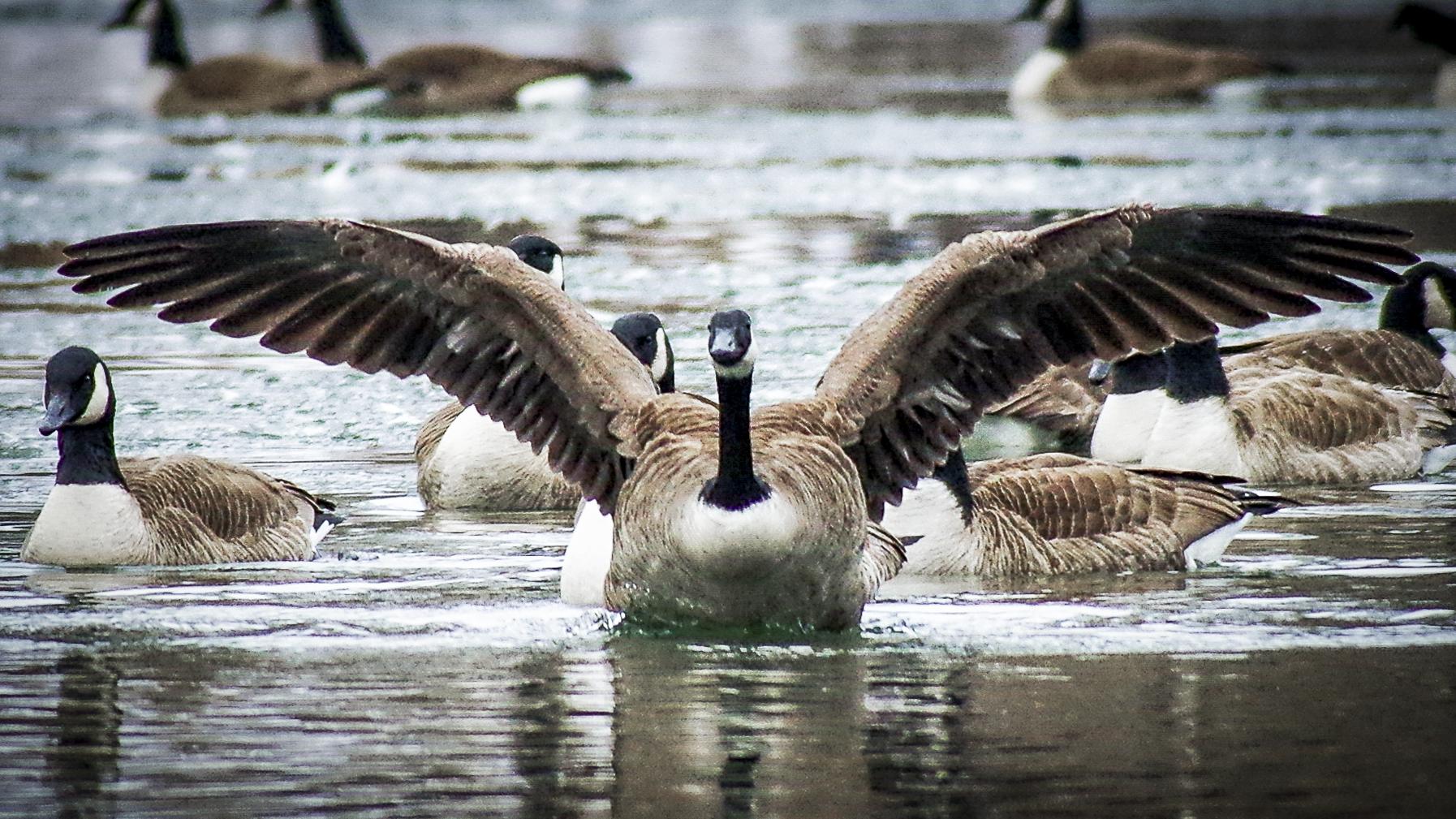Why Some Birds May Be Planning an Extended Stay This Fall
The National Oceanic and Atmospheric Administration says 2016’s trend of record-breaking temperatures has continued into the fall. And that unseasonably warm weather may be changing the timing for birds heading out of our region for their fall migrations.
Andrew Farnsworth, lead biologist for BirdCast—a tool that forecasts what’s happening with bird migration each week—says some birds are dramatically affected by warmer temperatures.
“For example, waterfowl—common loon, ducks on the Great Lakes—if temperatures are warmer than average all the way through the fall and into early winter, those birds will stick around much, much longer than they would if there were a freeze.”
LISTEN: Your Environment Update for October 26, 2016
He says the same thing is true for some birds that live on land, like American robins. Other species, like warblers, are less sensitive to temperature. Instead, they time their trips south based on changes in the amount of daylight. But climate change can knock these birds off kilter too, when atypical weather alters the availability of their favorite foods, like insects.
“They can get horribly asynchronous with the resources around them,” Farnsworth says. “So they can depart much earlier than they might need to, they can arrive much earlier than they should in the spring, and if the prevailing temperatures are either different or more severe storms exist, there can be big problems.”
Farnsworth says in general, birds are able to respond quickly to changes. But they might not be able to keep up with the pace of human-caused climate change. He says some birds will probably do better in a warmer climate, while other species may struggle to adapt.
“It’s really a wild card that depends on the species itself in terms of how climate change is going to play out.”
Reporting by Rebecca Williams / Michigan Radio
What’s Up With Allegheny County’s Huge Backlog of Air Permits?
The Allegheny County Health Department has been so late in keeping up on its paperwork for air quality permits that three environmental groups are asking the U.S. Environmental Protection Agency (EPA) to get involved.
At issue are air quality operating permits, which big polluters like steel mills have to have and then get renewed every five years. These permits give the public a snapshot of how much air pollution a facility produces.
Under the Clean Air Act, the county has 18 months to accept or deny these applications. But Chris Ahlers, an attorney for the Clean Air Council, says many of these applications—most of which are permit renewals—have been sitting with the county for years.
“What we have identified is a chronic problem of not complying with that deadline,” Ahlers says. “The extreme examples are cases where applications have been outstanding for up to 20 years.”
Ahlers’ group requested the EPA file a “notice of deficiency” against the county health department. The EPA says it has received the petition and is reviewing it. If it finds the county agency at fault, the EPA could withhold federal highway money or grants from the county, or take away the county’s ability to regulate air emissions.
The Allegheny County Health Department says the facilities still have to comply with pollution limits even if their permit renewals are delayed. It says delays are often the result of the agency waiting for more information from companies, like the results of air testing. The county says since last year, it started taking its backlog more seriously and has reduced the number of pending permits.
Reporting by Reid Frazier



